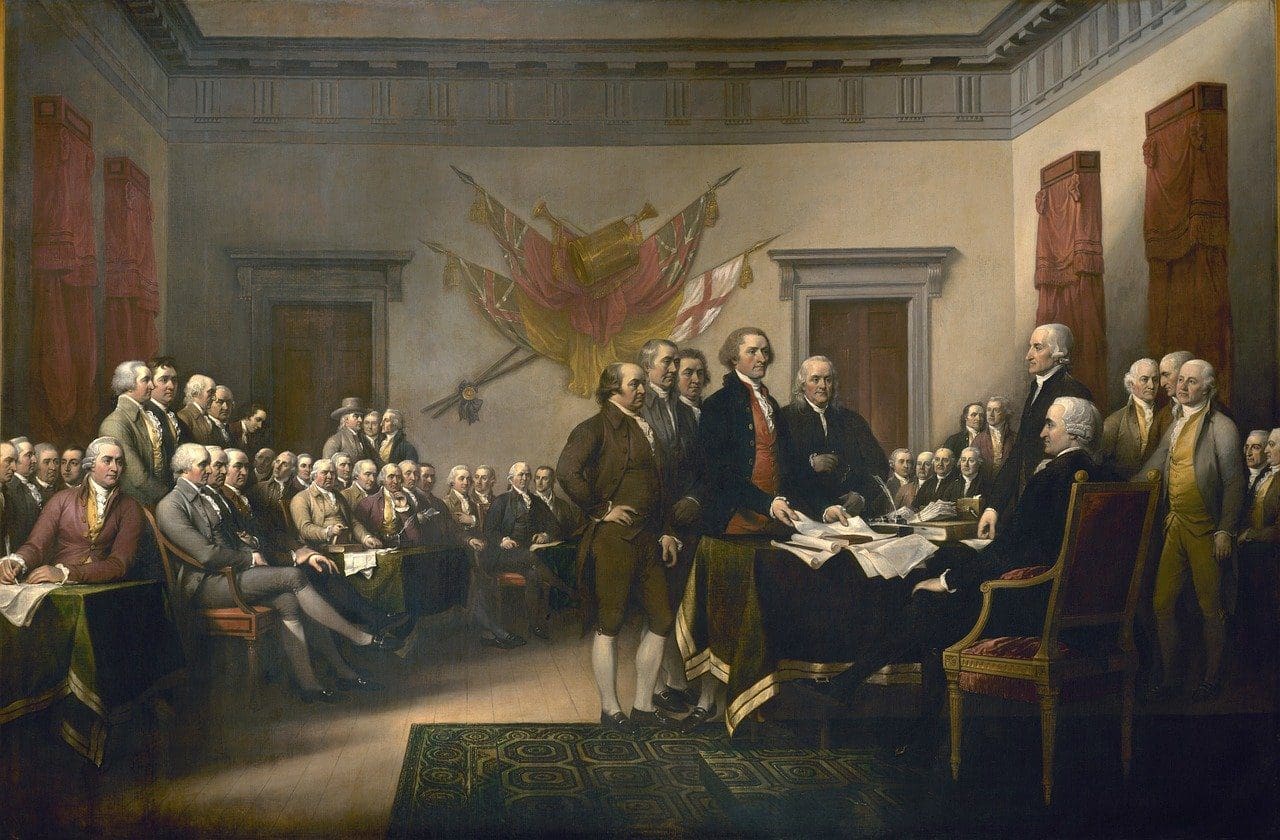With the 2022 elections on the horizon and Texas Democrats again angling for a purple state, the rumors of a Republican downfall appear exaggerated, but not without some merit.
Although Texas is widely considered a conservative state, it was not always a well-known Republican stronghold.
GOP History in Texas
In the years following the Civil War, Reconstruction soured most Southerners toward the Republican party, as the U.S. military occupied the South under the auspices of the Republican presidential administrations of Andrew Johnson and Ulysses S. Grant.
President Rutherford B. Hayes removed U.S. troops in the beginning of his presidency in 1877, but the stained image of the Republican Party as occupiers continued. This image did not sit well with a state whose population was built on the freedom and self-sufficiency of earlier Texians.
For nearly a hundred years after Reconstruction, the Republican Party barely managed to hold a primary much less accomplish the task of getting an official elected to statewide office.
However, in 1960, Texas Republican John Tower won the U.S. Senate seat in a special election following Lyndon B. Johnson’s resignation to become vice president. Senator Tower was the first Republican elected to a statewide office since Reconstruction, beginning a new era for the Republican Party in Texas.
In 1972, William Clements Jr. became the first Republican governor in over a hundred years, though his two non-successive terms were marred by controversy and scandal.
Together, Clements and Tower would build the Republican Party in Texas into a viable political machine, and with the campaigning of Ronald Reagan and George H.W. Bush occurring in Texas during the 1979-1980 presidential election, the people of Texas would slowly make the switch from moderate Democrat to Republican.
The elections of the 1980s and 1990s demonstrated the continual rise of the Republican Party, with Republicans gaining an increasing number of seats in the Texas House, Senate, and statewide offices in each election cycle. Although the Republican Party experienced a minor setback in 1990 when Democrat Ann Richards won the governorship, Republican George W. Bush won in 1994, and the Republicans have maintained control of the governorship ever since.
By 2003, the Republican Party had cemented its control over all branches of the Texas state government.
The Future
The Republican Party has now maintained control of the Texas government for about 20 years, and many Democrats are anxious to regain their power.
However, despite the rising voter turnout in 2020, Democrats did not manage to flip their desired districts. While the Democrats did see some improvement in percentile points, and a few races were close, they were unable to unseat any Republicans in the congressional or state elections.
With the 2022 elections poised to begin, many are questioning if this will be the year the state turns purple—or if the red runs deeper than predicted. The increasing polarization of parties leaves many in the middle of the spectrum, though the strong Republican results of the 2020 election—particularly in South Texas—could prove pivotal and insightful.
Despite that, some Republicans become increasingly frustrated with the Republican-controlled Legislature as well as Gov. Greg Abbott, who has already drawn three Republican challengers in next year’s primary election. Importantly, the GOP’s legislative priorities remain largely unaddressed, which could demotivate Republican voters at a critical moment.
Meanwhile, however, a frontrunner for the Democrat nomination for the 2022 gubernatorial race has not even been announced.
Hence, although Democrats failed in 2020, next year could make or break the red streak, being a midterm election with normally higher voter turnout.
With the Texas Legislature currently controlled by the Republican party, redistricting, which commences on September 20, could promote Republican control for the next 10 years, as they will largely set the boundaries of Texas House and Senate districts across the state. However, Republican control of redistricting is not enough to guarantee a continued Republican majority.
Although the Republican Party in Texas may not be in immediate danger of losing its majority, neither can it be lulled into a false sense of complacency.





